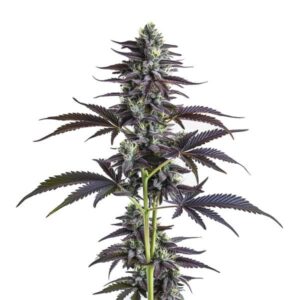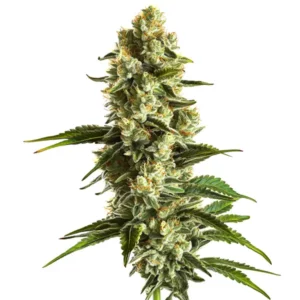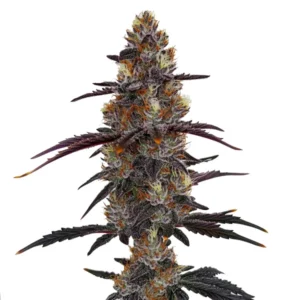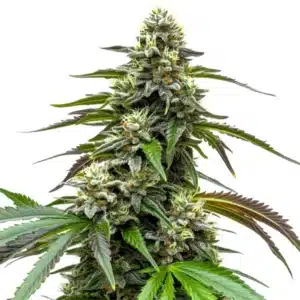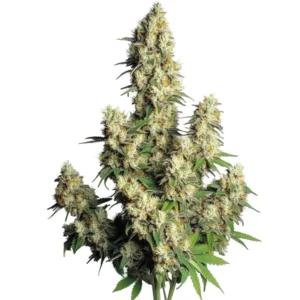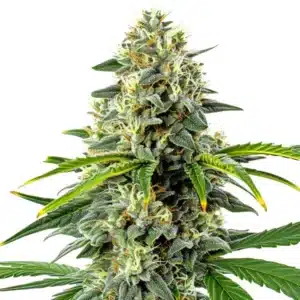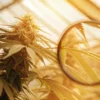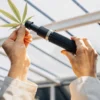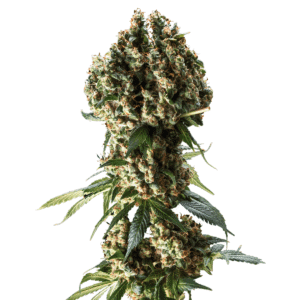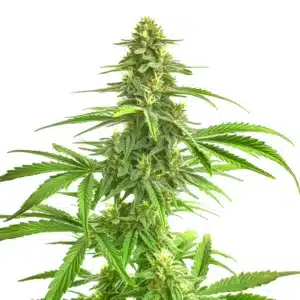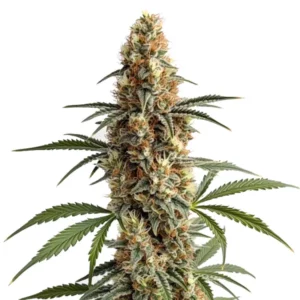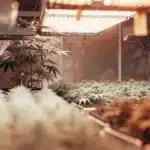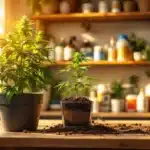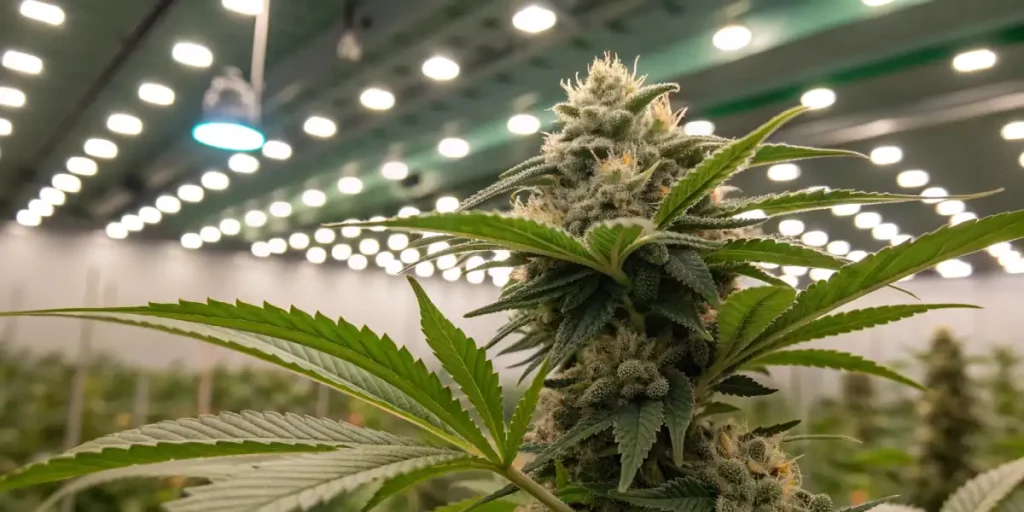
Optimizing Gibberellin Cannabis Flowering
When it comes to optimizing the growth and flowering of cannabis plants, Gibberellin plays a vital role. This hormone, naturally present in plants, is responsible for promoting growth and development. By using Gibberellin, you can effectively manage the flowering stages of your plant, leading to better yields and improved quality.
The function of Gibberellin in cannabis flowering is significant. It aids the plant in transitioning from the vegetative phase to the flowering stage, triggering the production of bud sites. This is a crucial aspect of cannabis cultivation as it directly affects the yield of the plant.
Recommended Strains
Banana Punch
|
|
THC | 17% - 20% (Medium) |
|
|
Type | Feminized |
|
|
Yield | High |
|
|
Phenotype | 55% Indica / 45% Sativa |
Banana Kush
|
|
THC | 17% - 21% (Medium) |
|
|
Type | Feminized |
|
|
Yield | High |
|
|
Phenotype | 60% Indica / 40% Sativa |
Role of Gibberellin Cannabis Flowering
Gibberellin is a plant hormone that regulates growth and influences various developmental processes, including stem elongation, germination, dormancy, and flowering. When applied to cannabis, it can induce flowering even in juvenile plants. This is particularly beneficial in the cultivation of strains that require longer vegetative periods, such as Gorilla Glue #4.
The function of Gibberellin is not just limited to inducing flowering. It also aids in the formation of trichomes, which produce cannabinoids and terpenes. Moreover, Gibberellin can affect sex expression, helping to reduce the occurrence of hermaphrodite plants.
Effects of Gibberellin on Cannabis Bloom
The effects of Gibberellin on cannabis bloom are quite pronounced. It can stimulate the plant to produce flowers at a faster rate, thus shortening the flowering period. This is useful for growers who want to maximize their yield and reduce the time to maturity. For instance, a strain like Granddaddy Purple, known for its long flowering period, can have its cycle significantly reduced.
By promoting quicker flowering, Gibberellin helps plants produce larger, denser buds and more bud sites, which leads to higher yields. It can also make the flowering process more predictable, helping growers better plan their harvests.
Promos & Deals
How to Use Gibberellin for Cannabis Flowering
Using Gibberellin for cannabis flowering involves careful application. The hormone can be applied directly to the plant, commonly mixed with water and sprayed. The exact concentration can vary, but a general guideline is 100-200 ppm. It is advisable to start with a lower concentration and gradually increase if needed, monitoring your plant’s response. Remember that Gibberellin should be used in conjunction with a well-rounded cultivation strategy, including proper watering, lighting, and nutrient management.

A Natural Approach: Using Plant Teas
A core concept in organic gardening is the idea of ‘plants healing other plants.’ Instead of relying on synthetic hormones, it is possible to create your own natural growth stimulants at home. Gibberellins, along with other beneficial hormones like auxins, can be extracted into a broth through the maceration or boiling of other natural plants. Common choices for this include nettles, thyme, or even garlic.
These homemade broths are best applied as a foliar spray. This method has a more immediate effect than applying it to the roots through irrigation. Furthermore, the foliar application of these teas can also help to clean the leaves of common pests. It’s important to note that these natural hormone solutions are not stable and should be used on the same day they are made.
Impact of Gibberellin on Cannabis Plant Growth
The impact of Gibberellin extends beyond just the flowering phase. It can also promote stem elongation, leaf growth, and overall plant vigor. However, it is not a substitute for proper plant care. Regular watering, appropriate lighting, and a balanced nutrient supply are still essential for healthy growth.
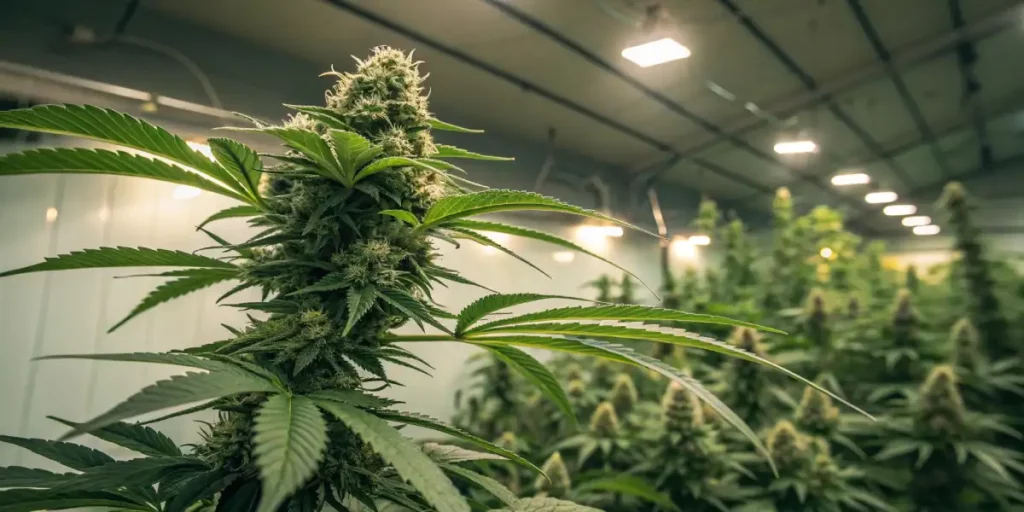
FAQs on Gibberellin Cannabis Flowering
Can Gibberellin harm my cannabis plant?
When used appropriately, it is beneficial. However, excessive use can lead to problems such as elongated, weak stems and less compact buds. Moderation is key.
How often should I apply Gibberellin to my cannabis plant?
The frequency can vary, but as a general guideline, it can be applied once every few weeks during the flowering phase. It is always advisable to start with a lower concentration and adjust as needed.
Can I use Gibberellin on all cannabis strains?
While it can be used on most strains, the response can vary. Strains like Wombat, known for vigorous growth, may benefit greatly. Always monitor your plant’s response.
Can I use Gibberellin throughout the entire growth cycle?
It is most commonly used during the flowering stage, but it can also be used during the vegetative stage to promote stem elongation. Always use it in moderation.
Can Gibberellin improve the quality of my cannabis yield?
Yes, by promoting faster and more efficient flowering, it allows the flowers to develop fully and achieve their maximum potency. This can result in a better quality product with higher levels of cannabinoids and terpenes.


